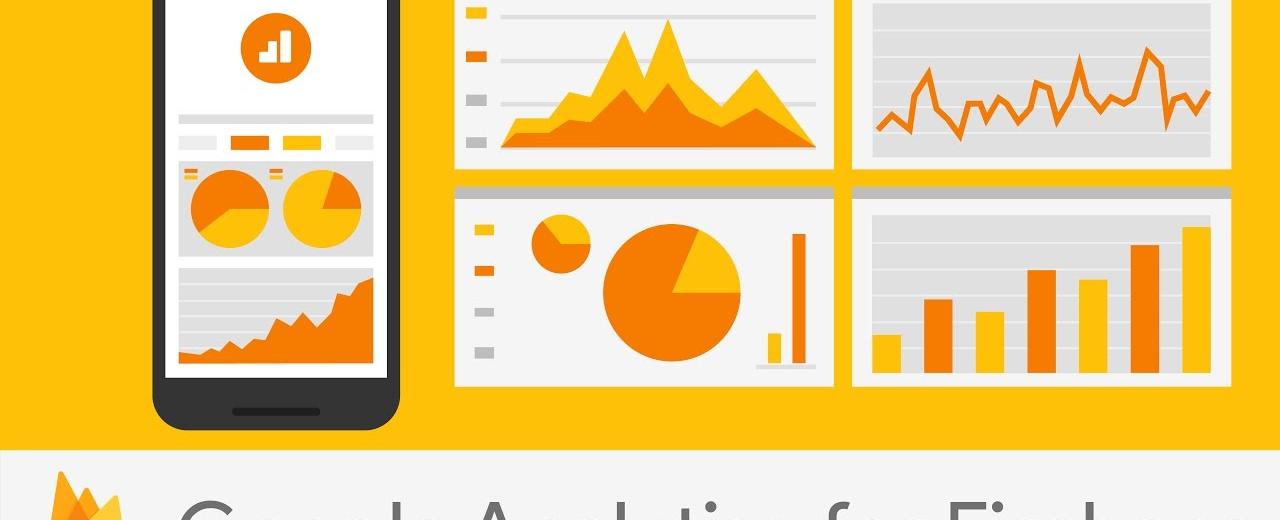
Building Data-Driven Apps with React-Native-Fabric: A Guide to App Analytics and Optimization

Introduction
In today’s highly competitive app market, it’s essential to have a deep understanding of how users are interacting with your app. Analytics tools can provide valuable insights into user behavior, allowing you to optimize your app for better engagement and retention. React-native-fabric is a powerful library that allows you to integrate app analytics into your React Native app with ease. In this blog, we’ll explore how to use react-native-fabric to build app analytics for driving app business, including code samples and best practices.
What is react-native-fabric?
React-native-fabric is a library that provides an easy way to integrate Fabric, into your React Native app. Fabric offers a range of tools for building and deploying mobile apps, including analytics, crash reporting, and app distribution. With react-native-fabric, you can easily integrate Fabric’s analytics tools into your React Native app and start tracking user behavior.
Setting up react-native-fabric
To get started with react-native-fabric, you’ll need to follow these steps:
- Create a Fabric account: Before you can use react-native-fabric, you’ll need to create a Fabric account. This will give you access to Fabric’s suite of tools, including analytics.
- Install the react-native-fabric library: You can install react-native-fabric using npm or yarn. Run the following command in your app’s directory:
javaCopy code
npm install react-native-fabric --save
- Set up Fabric in your app: Once you’ve installed the library, you’ll need to set up Fabric in your app. This involves creating a Fabric API key and adding it to your app’s configuration. You can follow the instructions on Fabric’s website to set up your app.
Tracking user behavior with react-native-fabric
Now that you’ve set up react-native-fabric in your app, you can start tracking user behavior. React-native-fabric provides a range of tools for tracking user interactions, including screen views, events, and user attributes.
To track a screen view, you can use the logScreenView method provided by react-native-fabric. For example:
import { Fabric } from "react-native-fabric";
const fabric = Fabric.with([Crashlytics, Answers]);
class MyScreen extends React.Component {
componentDidMount() {
fabric.logScreenView("My Screen");
}
render() {
return (
<View>
{" "}
<Text>This is my screen!</Text>{" "}
</View>
);
}
}
In the above example, we use the logScreenView method to track when the MyScreen component is displayed. You can call this method in the componentDidMount lifecycle method of your components.
To track an event, you can use the logEvent method provided by react-native-fabric. For example:
import { Fabric } from "react-native-fabric";
const fabric = Fabric.with([Crashlytics, Answers]);
class MyButton extends React.Component {
handlePress = () => {
fabric.logEvent("Button Pressed", {
screen: "My Screen",
button: "My Button",
});
};
render() {
return (
<TouchableOpacity onPress={this.handlePress}>
{" "}
<Text>Press me!</Text>{" "}
</TouchableOpacity>
);
}
}
In the above example, we use the logEvent method to track when the MyButton component is pressed. We also include additional data in the event payload, such as the screen and button names.
Analyzing user behavior with Fabric’s dashboard
Once you’ve started tracking user behavior with react-native-fabric, you can analyze the data using Fabric’s dashboard. The dashboard provides a range of tools for analyzing user behavior, including real-time metrics, user flows, and funnels.
To access the dashboard, log in to your Fabric account and navigate to the app you want to analyze. From there, you can access a range of analytics tools, including:
- Real-time metrics: The real-time metrics tool allows you to track user behavior in real-time. You can see how many users are currently active, which screens they’re viewing, and which events they’re triggering.
- User flows: The user flows tool allows you to visualize how users are navigating through your app. You can see which screens users are viewing, which buttons they’re clicking, and which paths they’re taking through your app.
- Funnels: The funnels tool allows you to track how users are progressing through a specific set of steps in your app. For example, you could track how many users are signing up for your app, and how many of those users are completing the onboarding process.
Best practices for using react-native-fabric
To get the most out of react-native-fabric, it’s important to follow some best practices:
- Only track relevant data: It can be tempting to track every user interaction in your app, but this can quickly lead to information overload. Instead, focus on tracking the interactions that are most relevant to your app’s goals.
- Use meaningful event names: When tracking events, use names that are meaningful and easy to understand. This will make it easier to analyze the data later on.
- Test your tracking code: Before releasing your app, make sure to test your tracking code thoroughly. This will ensure that you’re collecting accurate data and that your app isn’t being slowed down by excessive tracking.
- Review your analytics regularly: Make sure to review your analytics data regularly and use it to inform your app development decisions. Identify areas where users are struggling or dropping off, and use that information to optimize your app.
Conclusion
React-native-fabric is a powerful library that allows you to easily integrate app analytics into your React Native app. By tracking user behavior, you can gain valuable insights into how users are interacting with your app and use that information to optimize your app for better engagement and retention. By following best practices and using Fabric’s analytics tools, you can build a data-driven app that’s optimized for success.
Related Posts

Quick Links
Legal Stuff

